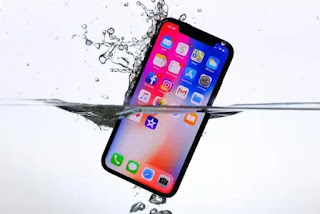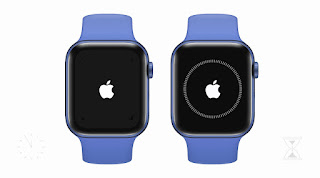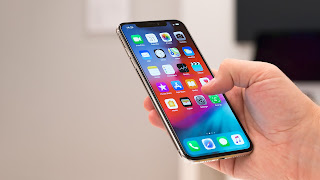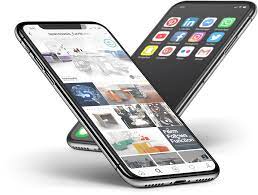Apple’s devices are notorious for their closed software. So when I moved from an Android phone to an iPhone a few weeks ago, my main concern was whether I could take my existing data with me. It turns out it is possible. With just a little work, you can easily transfer all your Android contacts, calendar appointments, pictures, videos, SMS texts and more to your new iPhone. You can move Android data to iPhone in the following four ways.
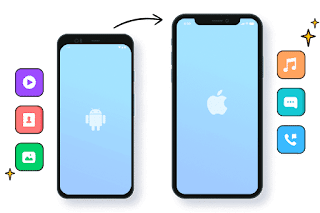
1. Set up your new iPhone with your Android data
The best option for syncing Android data with iPhone is Apple’s “Move to iOS” app. When you configure your new iPhone for the first time, it lets you wirelessly import most of your important information to your new iPhone. So even before you start using your iPhone, it will be filled with your old Android data.
The only downside to the Move to iOS app is that it only works during the initialization phase of the iPhone. So if you’ve already set up your iPhone, you’ll have to reset it and start over to take advantage of Apple’s Android utility.
To get started with Move to iOS, continue through your iPhone’s setup until you reach the Apps & Data page. Here, select “Move data from Android”. On your Android phone, download “Move to iOS” and launch it. Enter the code displayed on your iPhone and choose what you want to sync. Your iPhone has imported your Android phone’s data. You can now proceed with the setup as usual.
2. Use MobileTrans to move Android data to iPhone
If you’re past the setup phase of your iPhone and can’t reset it, you can try a third-party desktop app called MobileTrans.
With MobileTrans, you can sync your Android’s contacts, media, calendar events, and more with your iPhone. However, unlike the Move to iOS app, MobileTrans requires you to plug both devices into your Windows PC or Macbook.
On the MobileTrans app, with your phone connected to your computer, select your Android device in the source dropdown on the left and your iPhone on the right. Next, choose what to copy to your iPhone and hit the “Start” button. Unlock your iPhone to start the transfer.
Because MobileTrans works locally rather than over a Wi-Fi connection, moving high-resolution images and videos is much faster and takes much less time than “move to iOS”. Disconnect your phone when the screen says “Your iPhone recovery is complete” and you’ll find your Android data synced with what’s already on your iPhone.
3. Sync Android Contacts and Calendar with iOS via Google Account
Your iPhone can also get your contacts and calendar data from the email provider of your choice.
On Android, to make sure all your contacts and calendar appointments are synced with your Google Account, go to Settings > Accounts. Click on your primary Google email address, then click on the “Account Sync” option. Open Calendar and Contacts.
In order to retrieve this data on your iPhone, you must add your Google email address to it. Go to Settings > Mail > Accounts. Select “Add Account” and follow the instructions below to configure your Google Account.
4. Switch to Apple Storage Service
You’ll find most Google apps on the iOS App Store, but none of them are as deeply integrated as Apple’s own services. Likewise, you can’t back up data from iOS apps like iPhone or WhatsApp to Google Drive.
So if you’re going all out to buy Apple products, you should consider importing existing data from your Google account into those products. Apple Photos can replace Google Photos, iCloud can replace Google Drive, and more.
Unfortunately, there is no direct channel that allows you to automate this switching. You have to manually export and import your Google data, which you can easily do with Google’s Takeout tool.
On the Google Takeout website, select Google Photos and Drive, then click Next to download your data archive from there. Visit the iCloud website on your computer and log in to your account. Go to the Photos tab and click the cloud-like button at the top to import your downloaded pictures and videos.
For iCloud Drive, the steps are the same. Return to the iCloud home page and go to iCloud Drive. Click the Import option to upload all the files you got from your Google Drive storage.
>>>>>>>>>>Phone battery
Thanks for reading, hope it helps!
Friendly reminder: If you need to replace the battery of your device, this battery store will be a good choice: www.batteryforpc.co.uk


